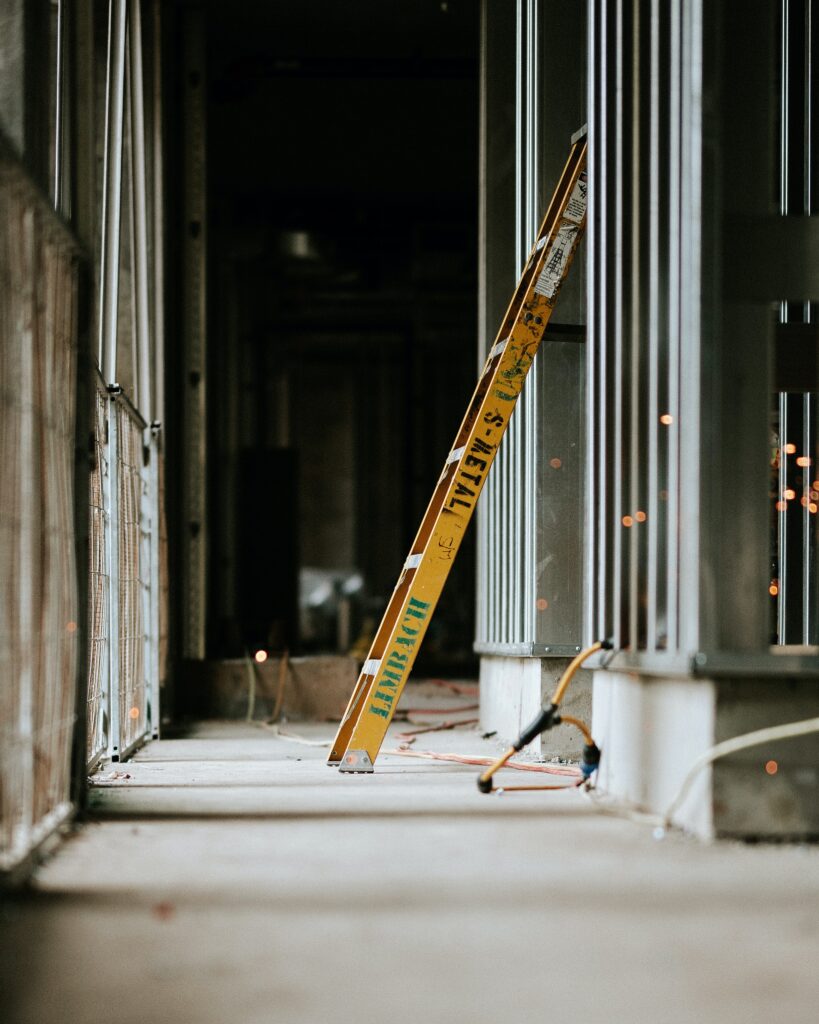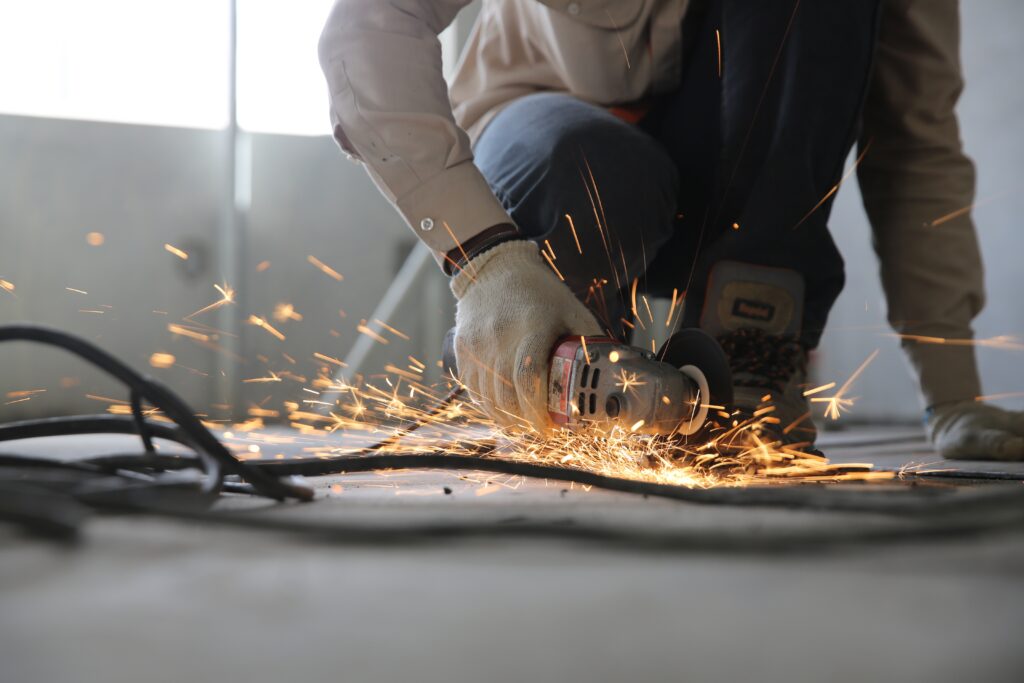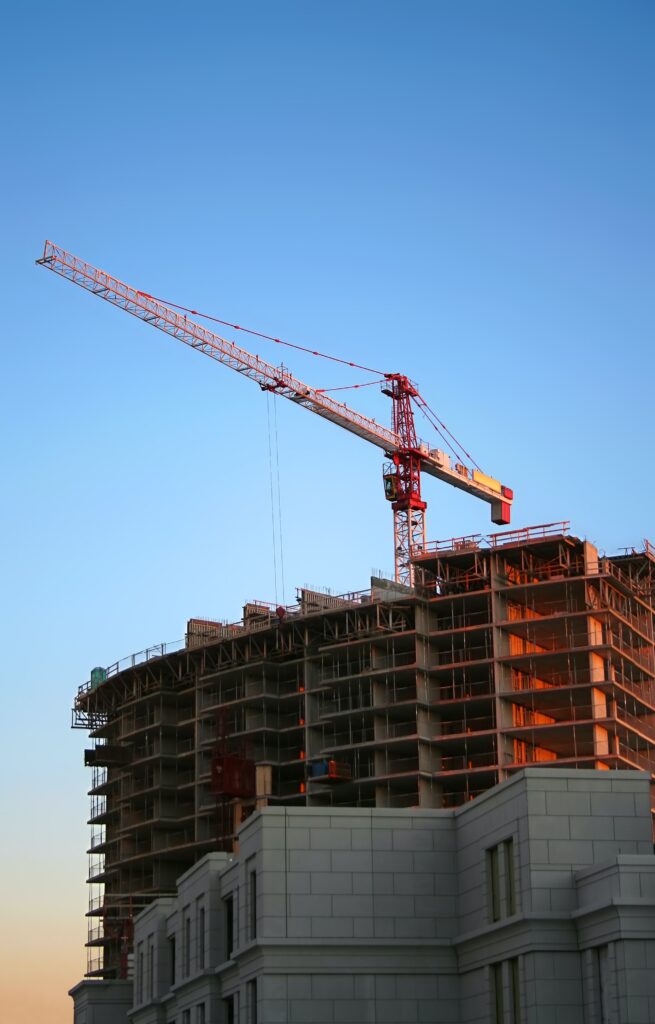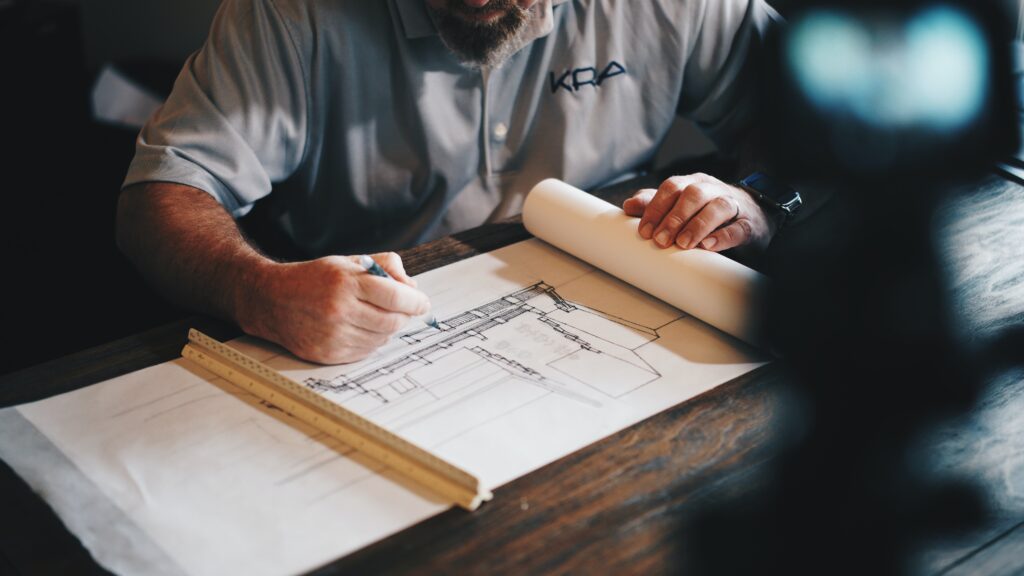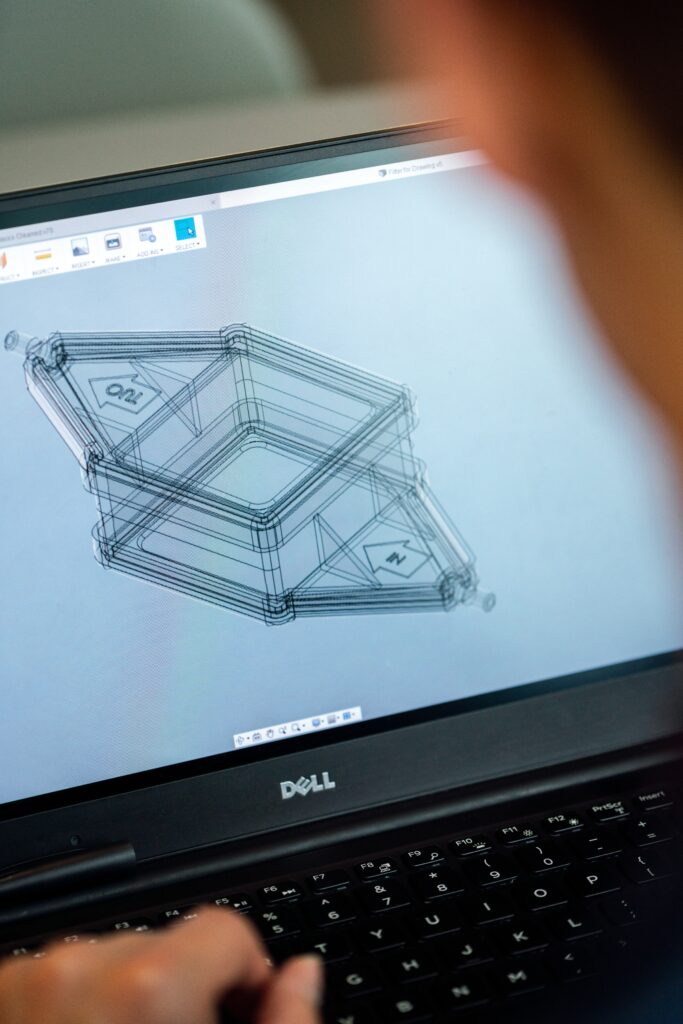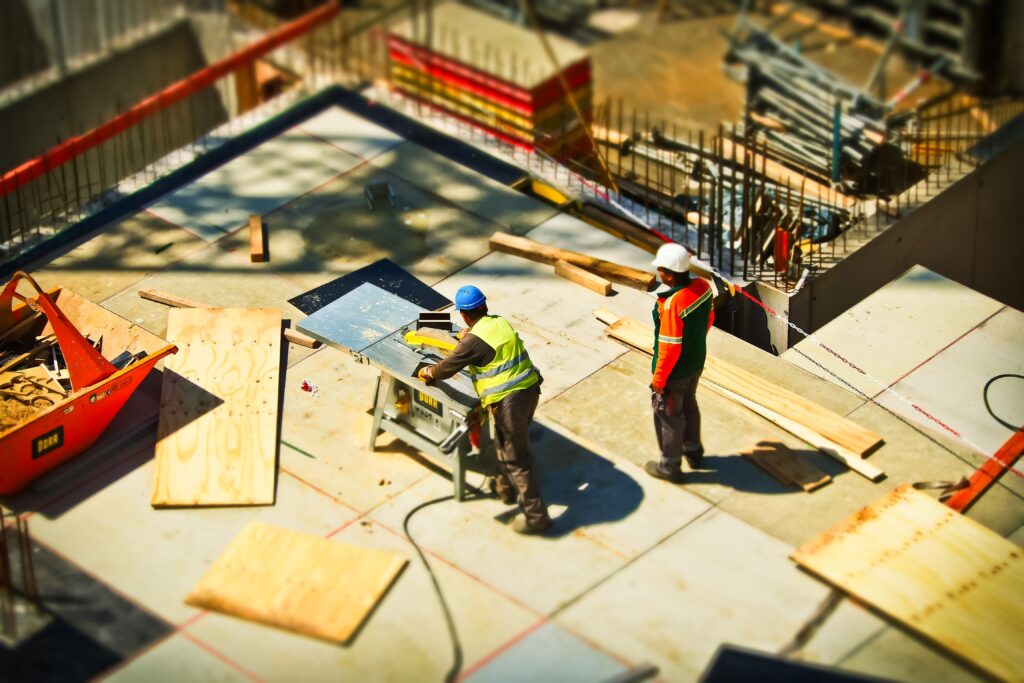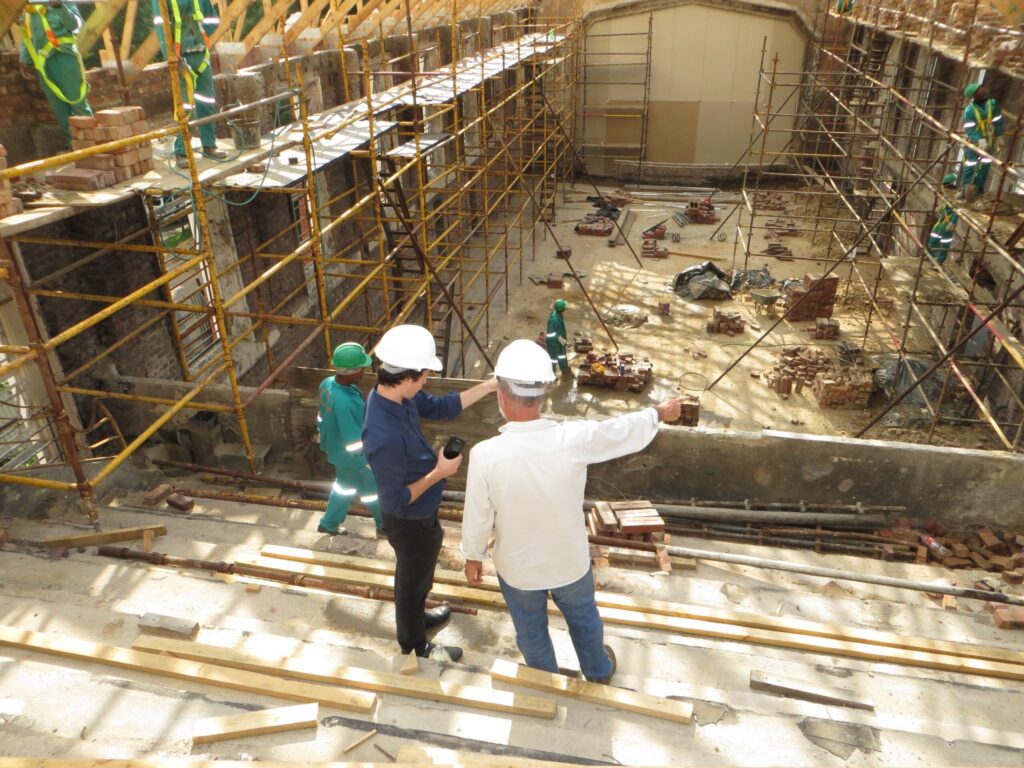Did you know that around 34% of all construction worker deaths are caused by falls, and about 28% of these deaths are caused by falls from a ladder.
Despite these staggering figures, ladder safety often gets overlooked at the construction site, though it really shouldn’t be. Did you know that employers are required to provide training to all employees that will be using ladders or stairways during construction, this is due to ladders being such a commonly used – and misused – piece of equipment on a construction site.
Improper use, using damaged ladders, incorrect ladder choice, and improper setup are causes of ladder falls in the construction industry. Check below for the do’s and don’ts when using ladders in construction.
Do’s
- Always ensure you are fully trained before using a ladder when working in construction. You should be provided training by a competent person prior to beginning work. This training should include; recognising hazards, falls protection systems, placement of ladders, proper use and handling and the maximum load carrying capacities of ladders.
- Make sure you choose the right ladder for the job you’re undertaking. Ladders have different load capacities, so both your weight as well as any tools should be considered when choosing the correct ladder. The height should also be considered, ladders should extend far enough that you shouldn’t have to overextend themselves to reach the work area. If exposure to electrical hazards is possible, select a ladder made of nonconductive materials such as fiberglass.
- Inspect all ladders before each use to make sure they are in good working condition and free of any visible defects. If you notice a defect or any damages to a ladder, this should be taken out of use and properly marked so that they won’t be used until they can be repaired or replaced. On top of this, all ladders should be inspected periodically by a competent person.
- Always maintain three points of contact with the ladder when climbing up and down – by keeping two hands and a foot or two feet and a hand on the ladder you have better grip of the ladder and are less likely to fall. If carrying tools or materials, these should be carried using a tool belt or lifted using a rope once you are off the ladder. None slip shoes are essential.
- Ensure the ladder is properly set up prior to use. If you are using a ladder to access another level, the ladder should extend at least three feet above the upper landing surface for proper grip when dismounting. Ladders should be placed on level surfaces and secured at the base and top support whenever possible to prevent slipping
Don’ts
- Never stand on the top step or rung of a stepladder unless the label states it is safe to do so, this can cause falls due to the instability at the top of the ladder. The fourth rung from the top is the highest you should stand when working on these types of ladders. Any higher and you are likely to lose your balance and fall.
- When on a ladder, don’t lean away from a ladder or overreach in any direction, this can cause the ladder to shift or fall, always keep your weight centered between the vertical side rails and point your feet straight ahead. Never stand sideways on a ladder. If you can’t reach your work area without overextending yourself, climb down the ladder and reposition it.
- Never attempt to move or reposition a ladder while you are standing on it, by hopping or shuffling, even if it seems like a short distance, it can be extremely dangerous and cause falls from a height.
- Don’t ever place a ladder on uneven ground or on top of another object to reach a higher point. If the ladder isn’t tall enough for you to safely work, either get a taller ladder or find some other means of reaching your work area.
- Never tie or attach multiple ladders together to create longer sections, this is extremely dangerous unless the ladders were specifically made to do so. Never use a ladder for anything other than its intended purpose, such as platforms or walkways.
- Don’t use a ladder if you have to hold or lift heavy items, work at height for extended periods of time or stand sideways on the ladder. For jobs like these, scaffolding or a scissor lift is the best idea.
- Never face away from the ladder when climbing down or performing work. This makes your chances of falling much higher as you can’t maintain three points of contact this way and it shifts your weight away from the angle of the ladder which can cause you to lose your balance and fall.

